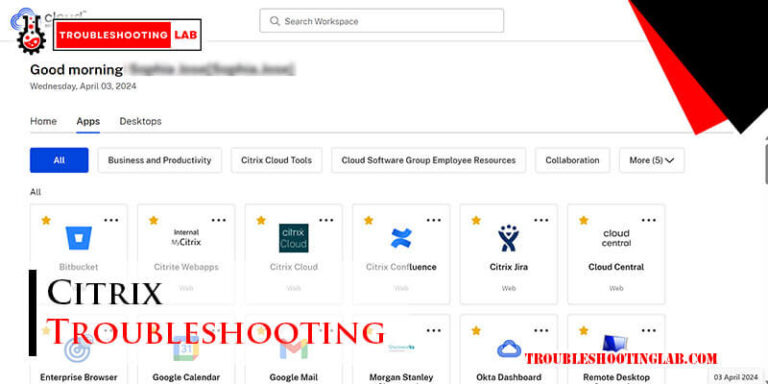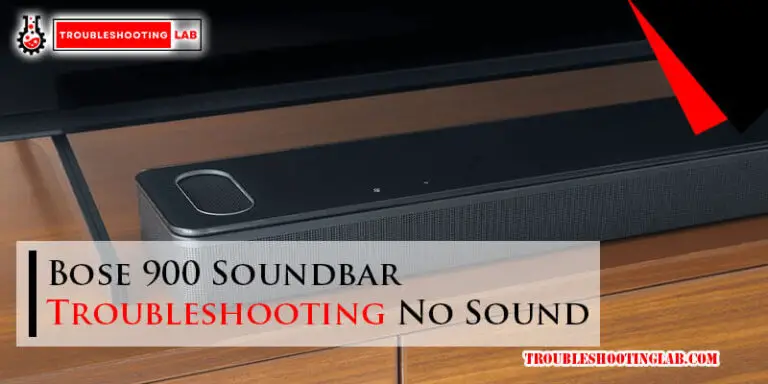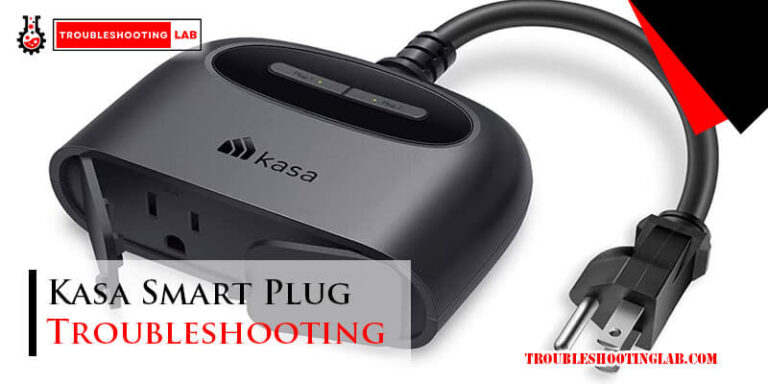Reverse Osmosis Troubleshooting: Expert Tips to Fix Common Issues
Reverse osmosis systems can face various issues. Troubleshooting them may seem daunting.
Reverse osmosis (RO) systems are essential for clean water. They filter out contaminants, providing safe drinking water. Yet, like any system, they can malfunction. Common problems include low water flow, strange tastes, or leaks. Understanding the basics of RO troubleshooting can save time and money.
This guide will help you identify and fix common RO issues. By learning these simple steps, you can keep your system running smoothly. Whether you’re a homeowner or responsible for a larger system, this information is valuable. Let’s dive into the world of reverse osmosis troubleshooting and ensure your water stays pure and fresh.
Introduction To Reverse Osmosis
Reverse osmosis is a process used to purify water. It is widely used in homes and industries. This process helps to remove impurities from water. Understanding how it works can help in troubleshooting problems.
What Is Reverse Osmosis?
Reverse osmosis, or RO, is a water purification method. It uses a semi-permeable membrane to filter out contaminants. Water passes through the membrane, leaving impurities behind. This process ensures that the water is clean and safe to drink.
Benefits Of Reverse Osmosis
There are many benefits of using reverse osmosis. Here are some key advantages:
- Removes Contaminants: RO systems remove a wide range of contaminants. This includes bacteria, viruses, and heavy metals.
- Improves Taste: Purified water tastes better. It removes chlorine and other chemicals that affect flavor.
- Cost-Effective: Using an RO system can save money. You will buy less bottled water.
- Environmentally Friendly: RO systems reduce plastic waste. Fewer plastic bottles end up in landfills.
Common Reverse Osmosis Issues
Reverse osmosis systems are great for clean water. Yet, they can face issues. Knowing these common problems helps in troubleshooting. This guide covers some frequent issues with reverse osmosis systems.
Low Water Pressure
Low water pressure is a common issue in reverse osmosis systems. It affects the system’s performance. Causes can vary. Below are some reasons and fixes:
- Clogged filters: Replace filters regularly. Check for blockages.
- Faulty membrane: Inspect and replace the RO membrane if needed.
- Water pressure: Ensure the supply line has adequate pressure. Use a booster pump if necessary.
Leaking Systems
A leaking reverse osmosis system can cause concern. Identifying the source is key. Here are some common causes and solutions:
| Cause | Solution |
|---|---|
| Loose fittings | Tighten all connections. Check for cracks. |
| Worn-out O-rings | Inspect and replace O-rings regularly. |
| Cracked housings | Replace damaged parts immediately. |
Regular maintenance can prevent these issues. Keep your reverse osmosis system in top condition.
Diagnosing Water Quality Problems
Reverse osmosis (RO) systems are great for clean drinking water. But sometimes, water quality problems arise. Diagnosing these issues can be simple with the right knowledge. Let’s explore common water quality problems and their causes.
Cloudy Water
Cloudy water indicates sediment or air in your RO system. Sediment can come from old filters. Replacing these filters can solve the problem. Air bubbles can also cause cloudiness. Check connections and ensure they are tight.
Bad Taste Or Odor
Bad taste or odor usually means the filters need changing. Carbon filters remove organic compounds and chlorine. If the taste or smell persists, examine the membrane. A damaged membrane can let contaminants through. Replace it if necessary.
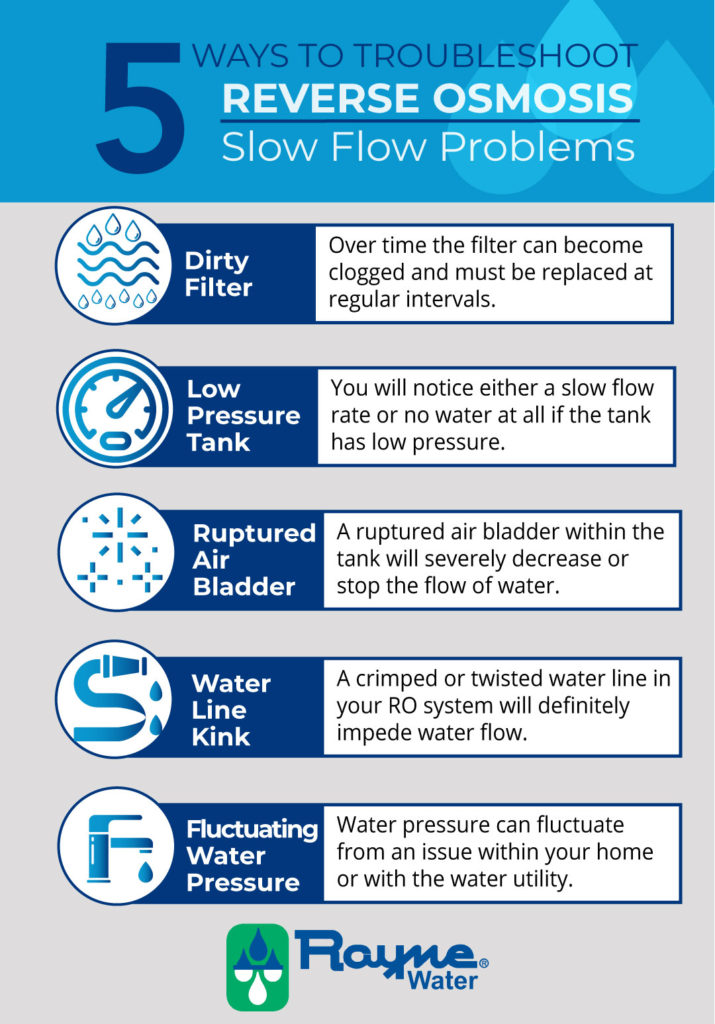
Credit: calsoftwater.com
Identifying System Leaks
Reverse osmosis systems are vital for ensuring clean and safe drinking water. Over time, these systems might develop leaks. Identifying these leaks early is essential for system efficiency. This section will guide you through the process.
Checking Connections
Start by examining all connections in your reverse osmosis system. Look for loose or disconnected tubes and fittings. Tighten any loose connections using a wrench. Ensure that all tubes are securely attached to their respective ports. Even a small gap can cause significant leakage.
Inspecting The Membrane
The membrane is a crucial part of the reverse osmosis system. First, turn off the water supply and release the pressure. Open the membrane housing and inspect the membrane for any signs of damage. Look for tears, punctures, or any wear and tear. Replace the membrane if you find any damage.
Addressing Low Water Pressure
Low water pressure in your reverse osmosis system can be frustrating. Without good pressure, your system cannot perform well. This can result in low water output or poor water quality. Let’s explore some steps to troubleshoot and solve this issue.
Checking The Pressure Tank
The pressure tank plays a key role in maintaining water pressure. If your water pressure is low, start by checking the tank.
- Turn off the water supply to the tank.
- Drain the tank completely.
- Use a pressure gauge to measure the air pressure inside the tank.
- Ensure the air pressure is between 7-8 psi when the tank is empty.
- If the pressure is too low, use a bicycle pump to add air.
Note: If the tank is damaged or leaking, it might need replacement.
Examining The Filters
Clogged filters can also cause low water pressure. Filters need to be clean for the system to work well. Here’s how to check them:
- Turn off the water supply and system power.
- Inspect the pre-filters, post-filters, and membrane.
- Replace any filters that look dirty or clogged.
Regular maintenance of filters ensures the system runs efficiently. Change the pre-filters every 6 months and the membrane every 2-3 years.
| Filter Type | Replacement Frequency |
|---|---|
| Pre-Filters | Every 6 months |
| Post-Filters | Every 6 months |
| Membrane | Every 2-3 years |

Credit: www.youtube.com
Maintaining The Membrane
Maintaining the membrane in a reverse osmosis (RO) system is crucial. The membrane filters out contaminants and ensures clean water. Proper maintenance prolongs its life and keeps the system working efficiently. Regular cleaning and timely replacement are key aspects of maintenance.
Cleaning The Membrane
Cleaning the membrane helps remove fouling and scaling. These can block the pores and reduce efficiency. Follow these steps for effective cleaning:
- Turn off the RO system and disconnect the membrane housing.
- Mix a cleaning solution as per the manufacturer’s instructions.
- Soak the membrane in the solution for the recommended time.
- Rinse the membrane thoroughly with clean water.
- Reconnect the membrane housing and turn on the system.
Regular cleaning keeps the membrane functional. It also prevents costly repairs.
Replacing The Membrane
Replacing the membrane is necessary when cleaning no longer restores efficiency. Signs that indicate replacement include:
- Reduced water output
- Poor water quality
- Increased pressure drops
Follow these steps to replace the membrane:
- Turn off the RO system and release the pressure.
- Open the membrane housing and remove the old membrane.
- Insert the new membrane, ensuring it fits snugly.
- Close the housing and turn on the system.
- Flush the system to remove any preservatives from the new membrane.
Regularly replacing the membrane ensures optimal performance. It also ensures the delivery of high-quality water.
| Maintenance Task | Frequency | Benefits |
|---|---|---|
| Cleaning the Membrane | Every 6-12 months | Prevents fouling and scaling, prolongs membrane life |
| Replacing the Membrane | Every 2-3 years | Ensures optimal performance, maintains water quality |
Filter Replacement Tips
Regular filter replacement is essential for maintaining the efficiency of your reverse osmosis system. Proper filter care can extend the life of your unit and ensure clean, safe water. Here are some tips to help you choose and install the right filters for your system.
Choosing The Right Filters
Selecting the correct filters is crucial for optimal performance. Check your system’s manual for recommended filter types. Ensure the filters you choose match the specifications of your reverse osmosis unit. Look for filters that remove the specific contaminants in your water. Quality matters. Invest in high-quality filters for better results.
Installation Steps
Start by turning off the water supply to your reverse osmosis system. Open the faucet to release any pressure. Carefully remove the old filters, noting their placement. Install the new filters in the correct order. Follow the manufacturer’s instructions for proper installation. Ensure each filter is securely in place.
After installation, turn the water supply back on. Check for any leaks around the filters. Flush the system as per the manufacturer’s recommendations. This usually involves running water through the system for a few minutes. Regularly inspect your system to ensure everything is functioning correctly.
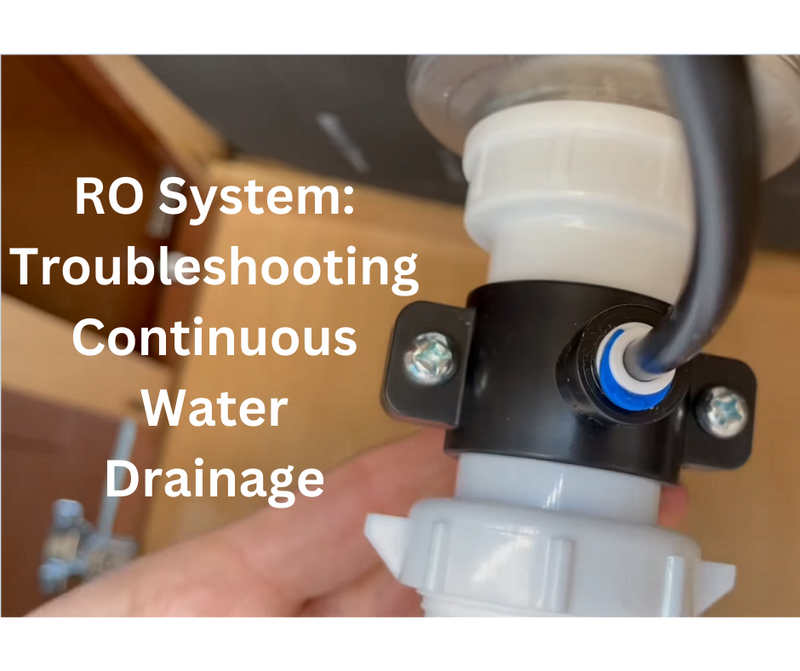
Credit: nuaquasystems.com
Preventive Maintenance
Preventive maintenance is crucial for ensuring the longevity and efficiency of your reverse osmosis system. Regular checks and annual servicing can prevent costly repairs and downtime. Here are some key practices to keep your system in top shape.
Regular System Checks
Conduct regular system checks to identify potential issues early. Inspect the system weekly for leaks or unusual noises. Check the pressure gauge to ensure it is within the recommended range. Monitor the water quality output to detect any changes.
Replace pre-filters every three to six months. This prevents clogging and maintains water flow. Keeping a maintenance log can help you track changes and predict future needs.
Annual Servicing
Schedule annual servicing with a professional technician. They will perform a thorough inspection and replace any worn parts. This includes checking the membrane for wear and tear. A technician can also sanitize the system to prevent bacterial growth.
During the annual service, the technician will test the water quality. They will ensure the system is performing at its best. Regular professional servicing extends the life of your reverse osmosis system.
When To Call A Professional
Reverse osmosis systems are generally reliable, but issues can arise. Some problems need professional assistance to ensure your system operates efficiently. Knowing when to call a professional can save you time and money.
Signs You Need Expert Help
Knowing the signs of serious issues is crucial. Here are some key indicators:
- Water Quality Issues: If you notice a change in taste, odor, or clarity, it could indicate a filter or membrane problem.
- Low Water Pressure: Consistent low pressure might suggest a blockage or pump issue.
- Leaks: Any leaks around the system should be addressed immediately to prevent water damage.
- Unusual Noises: Strange sounds during operation can signal mechanical issues.
- Frequent System Shutoffs: If your system shuts off frequently, it may be an electrical or sensor problem.
Finding A Qualified Technician
Once you identify that you need help, finding the right technician is essential. Here’s how to ensure you get the best service:
- Check Credentials: Make sure the technician is certified and has experience with reverse osmosis systems.
- Read Reviews: Look for customer feedback and reviews online to gauge their reputation.
- Get Multiple Quotes: Compare prices and services to ensure you’re getting a fair deal.
- Ask for References: A reliable technician will provide references from past clients.
- Inquire About Warranties: Ensure the service comes with a warranty for peace of mind.
By following these steps, you can find a qualified technician to fix your reverse osmosis system effectively.
Frequently Asked Questions
What Causes Low Water Pressure In Reverse Osmosis Systems?
Low water pressure is often due to clogged filters or a malfunctioning pump. Check and replace filters regularly.
Why Is My Reverse Osmosis Water Cloudy?
Cloudy water can be caused by air in the system or new filters. Flush the system to clear air bubbles.
How Often Should I Replace Reverse Osmosis Filters?
Replace filters every 6-12 months. This ensures optimal performance and water quality. Follow the manufacturer’s guidelines.
Why Does My Reverse Osmosis System Make Noise?
Noise can result from air trapped in the system or loose fittings. Inspect and tighten all connections.
How Do I Know If My Reverse Osmosis Membrane Is Bad?
A bad membrane may cause poor water taste or high TDS levels. Test water quality regularly to check membrane condition.
Conclusion
Maintaining your reverse osmosis system ensures clean, safe water. Regular checks prevent major issues. Always replace filters on time. Clean the membrane to keep performance high. Monitor for any leaks or unusual noises. Address small problems early. This saves time and money.
A well-maintained system works efficiently and lasts longer. Enjoy the benefits of pure water daily. Stay proactive and your system will serve you well.



